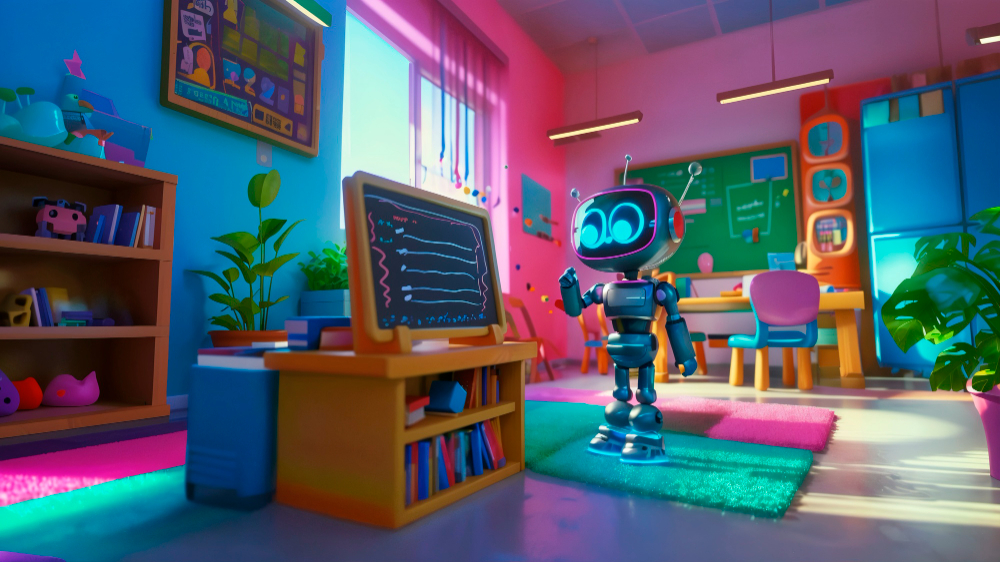AI Tools for The Classroom: Explore Top Artificial Intelligence Tools for Teachers & Students
In today’s rapidly evolving educational landscape, Artificial Intelligence (AI) is transforming the way students learn and teachers teach. The integration of AI tools in classrooms is no longer a futuristic concept but a reality that is reshaping education in India. From enhancing personalized learning to automating administrative tasks, AI offers numerous benefits that can significantly impact both teachers and students.

Benefits for Schools
AI tools can revolutionize how schools manage and deliver education. For instance, predictive analytics can help schools identify students at risk of falling behind, allowing timely interventions. AI-driven platforms can analyze data from various sources, such as attendance records, test scores, and even classroom behavior, to predict potential challenges students might face. Schools can then implement tailored strategies to support these students, improving overall academic performance.
Furthermore, AI can assist in optimizing resource allocation. For example, AI algorithms can analyze patterns in resource usage, such as library books or lab equipment, helping schools make data-driven decisions about future investments. This not only ensures that resources are used effectively but also helps in budget planning.
AI Tools for Teachers
AI tools are invaluable for teachers, helping them focus more on teaching and less on administrative tasks. Tools like Grammarly and Quillbot can assist teachers in grading assignments and providing feedback. These tools use AI to check grammar, sentence structure, and even the tone of students’ work, allowing teachers to provide more in-depth feedback without the burden of manual grading.
Another powerful AI tool is Google Classroom, which integrates various AI features to assist teachers in managing their classrooms. For instance, it can automatically grade multiple-choice quizzes and even suggest additional resources based on students’ performance. Moreover, AI-powered tools like Edpuzzle allow teachers to create interactive video lessons, making learning more engaging for students.
AI can also aid in lesson planning. Tools like LessonUp use AI to analyze curriculum standards and suggest lesson plans tailored to the specific needs of the class. This not only saves teachers time but also ensures that the content is aligned with educational goals.
AI Tools for Students
For students, AI tools offer personalized learning experiences. Platforms like CBSEGuess and BYJU’S use AI to adapt lessons based on the student’s progress. These platforms analyze how a student interacts with the content and then adjust the difficulty level accordingly, ensuring that students are neither bored nor overwhelmed. This personalized approach helps students grasp concepts at their own pace, leading to better retention and understanding.
AI can also help students with disabilities. For example, Microsoft’s Immersive Reader assists students with dyslexia by breaking down text into manageable chunks, highlighting each word as it is read aloud. This tool has been a game-changer for students who struggle with traditional learning methods.
Moreover, AI-powered chatbots like ChatGPT provide students with instant help on a wide range of topics. Whether it’s solving a math problem or explaining a historical event, these chatbots are available 24/7, offering support outside the classroom.
The adoption of AI tools in classrooms can lead to a more efficient, personalized, and inclusive educational environment. For schools, these tools offer insights and efficiencies that were previously unimaginable. For teachers, AI frees up time and enhances the quality of education delivered. For students, it offers a customized learning experience that can cater to individual needs. As AI continues to evolve, its role in education will only grow, making it essential for educators and students alike to embrace these tools for a brighter future.

